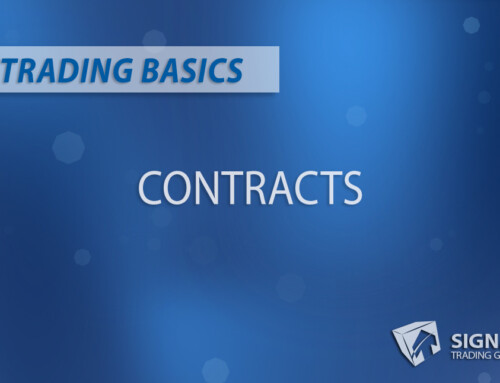Over the weekend, I had a conversation with one of my clients who had read my recent blog discussing the similarities between chess and trading. Admittedly, my chess skills are not exceptional. However, during our discussion, we delved into the intriguing topic of the En Passant move. Inspired by our conversation, I decided to write a blog post about this unique chess move, especially for those who may be unfamiliar with it.
The Enigmatic En Passant: History, Evolution, and Significance in Chess
With its intricate moves and strategies, the game of chess has captivated players for centuries. While many chess moves are relatively straightforward, one is particularly enigmatic: the En Passant. In this blog, we’ll delve into the history and origins of the En Passant, explore how it has evolved throughout the years, and provide examples and a step-by-step guide on how to execute this unique move in contemporary chess.
Origins and History
The En Passant move (French for “in passing”) is a unique pawn capture that occurs when a pawn advances two squares from its starting position and lands beside an opponent’s pawn on its fifth rank. This move can only be executed immediately after the double-squares pawn advance; otherwise, the right to do so is lost.
The origins of En Passant move trace back to the late medieval period in Europe when chess rules underwent significant transformations. During this era, various rule changes were introduced, such as allowing the pawn to move two steps on its first move, which was standard in Italy and Spain by the 15th century. The pawn’s sudden ability to jump forward led to potential imbalances in the game due to missed opportunities for opposing pawns to make a capture. To preserve the integrity of the game, the En Passant move was devised to counteract this newfound pawn mobility.
Evolution and Significance
Over the centuries, the rules and conventions surrounding En Passant have refined to their present-day form. The En Passant move rules have been accepted and incorporated into the modern rules of chess as described by FIDE, the international chess federation.
While the En Passant move may seem insignificant compared to more dynamic moves such as castling or the knight’s unique L-shaped leap, mastering its subtleties can provide strategic advantages in a game. Recognizing when and how to execute this move can prevent your opponent from advanced pawn movements and undermine their structure and positioning. Additionally, En Passant removes the possibility of doubled pawns after capturing, which can be advantageous in endgame situations.
A Step-by-Step Guide to the En Passant Move
To demonstrate the modern execution of En Passant, let’s explore it step-by-step with a simple example:
- Setting the Scene: Your pawn is on the fifth rank (White’s perspective). Your opponent’s pawn is still in its starting position.
- The Two-Square Advance: Your opponent moves their pawn two squares forward, landing it beside your pawn on the fifth rank.
- Making the En Passant: On your next move and only if you decide to use it, your pawn captures the opponent’s pawn as if they had only moved one square forward. Your pawn moves diagonally, landing on the square where the defeated pawn would have been had it moved only one square.
- Continuing the Game: The En Passant is complete. The opponent’s pawn is removed from the board, and the game proceeds.
Remember, En Passant can only be executed in the move immediately following the opponent’s pawn double-square advance.
The Role of En Passant in Chess Today
While not the most glamorous move in chess, En Passant is vital in maintaining balance and fairness. Mastery of En Passant can offer an advantage to players seeking to disrupt their opponent’s pawn formation and force them to change their strategies. With its long and storied history, the En Passant remains a unique and intriguing move in modern-day chess.






